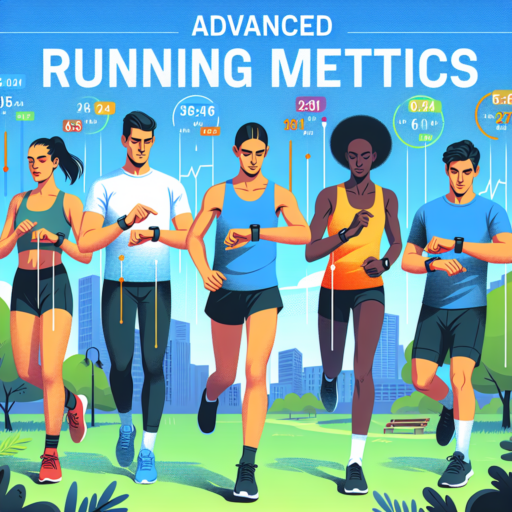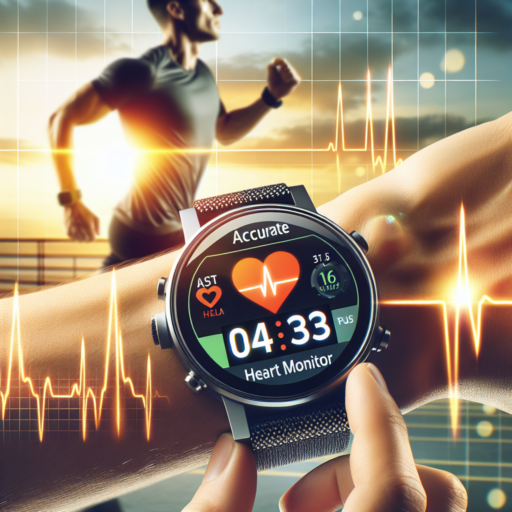What are advanced running metrics?
In the evolving world of athletics and personal fitness, advanced running metrics have emerged as pivotal tools for runners seeking to enhance their performance and understand their physical capacities in depth. These metrics go beyond the basic distance and time measurements, delving into intricate details of one’s running form, efficiency, and endurance capabilities.
Among these detailed assessments, metrics such as cadence (the number of steps a runner takes per minute), stride length, and vertical oscillation (the bounce in your running motion) stand out. Each of these parameters offers insights into the efficiency of a runner’s gait and provides actionable data that can be used to improve technique and reduce the risk of injury.
Furthermore, advanced metrics now include physiological data points like heart rate variability, lactate threshold, and VO2 max (the maximum amount of oxygen the body can utilize during intense exercise). These metrics not only gauge current fitness levels but also help in customizing training plans that cater to the individual needs of runners, ensuring they train optimally without overreaching and risking overtraining.
What are the advanced running metrics on the Galaxy Watch 4?
The Galaxy Watch 4 is renowned for its comprehensive suite of health and fitness-tracking capabilities, among which the advanced running metrics stand out, catering specifically to running enthusiasts. These metrics are not only meticulous in their tracking but also pivotal in enhancing one’s running performance and understanding physical limits and capabilities.
Key Advanced Running Metrics
- VO2 Max: A crucial indicator of cardiovascular fitness, VO2 Max tracking on the Galaxy Watch 4 assesses the maximum amount of oxygen your body can utilize during intense activities.
- Running Cadence: This metric displays the number of steps you take per minute, allowing runners to adjust their pace for efficiency and injury prevention.
- Asymmetry: By monitoring the balance in your running pattern, the Galaxy Watch 4 helps in identifying potential areas of improvement or risk of injury.
Advanced running metrics on the Galaxy Watch 4 also include analysis on ground contact time and vertical oscillation, providing a 360-degree view of one’s running form and efficiency. Through these detailed insights, runners are not only able to track their runs but also receive actionable feedback that can lead to significant improvements in performance and a reduction in the risk of injuries.
What is metric measurement in running?
Metric measurement in running refers to the system of quantifying distance and speed based on the International System of Units (SI), primarily using meters (m) and kilometers (km) for distance, and meters per second (m/s) or kilometers per hour (km/h) for speed. This method of measurement is widely adopted across the globe and is particularly favored in athletic competitions and international running events.
Understanding Distance in Metric Measurement
In the context of running, distances are often expressed in meters for shorter races and kilometers for longer distances. For example, common short-distance track events include the 100m, 200m, and 400m dashes, while long-distance runners may participate in races like the 5k (5 kilometers), 10k, or the marathon, which is precisely 42.195 kilometers. This uniform system allows for a clear and consistent measurement of race lengths and runners’ performances across different events.
Speed and Pace in Metric Measurement
When it comes to measuring speed or pace, the metric system offers clarity by utilizing kilometers per hour (km/h) or minutes per kilometer. Many runners and coaches prefer using minutes per kilometer as it provides a direct insight into the amount of time it takes to cover a certain distance, making it easier to plan and adjust pacing strategies during training or competitions. For example, aiming for a 5-minute per kilometer pace is a common target for many distance runners seeking to improve their endurance and speed.
No se han encontrado productos.
How do you measure running improvement?
Measuring running improvement goes beyond clocking faster times; it involves understanding multiple facets of your performance and health. One significant indicator is your pace consistency across various distances. A more consistent pace suggests improved stamina and control. Secondly, your recovery rate post-run can reveal enhancements in physical fitness. Notice how quickly your heart rate returns to resting levels as a clue to your body’s adaptation to running stresses.
Biometric changes also serve as crucial metrics. Advances in wearable technology allow runners to monitor heart rate, stride length, and even ground contact time, providing insights into efficiency enhancements. For instance, a decrease in heart rate at a specific pace indicates improved cardiovascular fitness. Additionally, pay attention to your running form improvements, such as a smoother stride or reduced undesired movements, which can signify better economy and muscle strength.
Lastly, do not overlook the psychological aspects of running. Mental resilience, the ability to push through tough segments or the capacity to maintain concentration over long distances, is pivotal. Incremental goals and their achievement are tangible means to chart your progress, offering motivation and showcasing your evolving runner’s mindset. Recognizing and appreciating these advances is critical in the journey towards running improvement.




